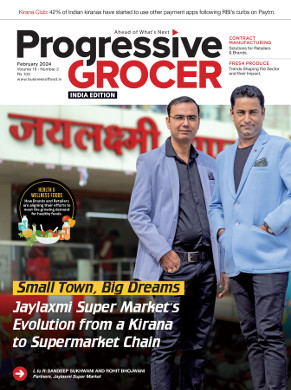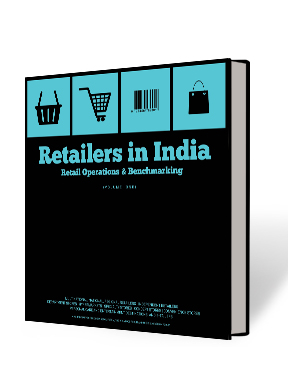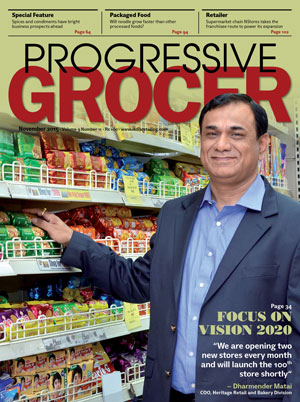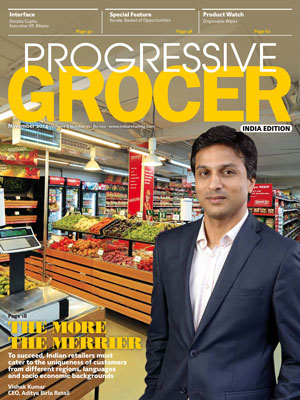Description
What is driving the transition of small provisions store retailers across various regions of India towards more sophisticated modern retail formats? As India’s economy continues to expand and urbanize, consumer preferences are increasingly oriented towards convenience, variety, and quality. Modern trade stores are effectively addressing these preferences and are strategically positioned to capitalize on market opportunities, driven by evolving consumer demands, competitive forces, technological advancements, and shifting business dynamics.
This magazine issue showcases two retailers’ journeys from kirana shops to successful modern supermarket chains in Maharashtra. Jaylaxmi Super Market, originated as a small kirana store in Sindkheda, north Maharashtra, in 1986, and expanded to a 9,000 sq.ft. supermarket in Shirpur by 2020, achieving substantial daily sales of Rs. 8 lakh (see pages 16-22).
The family expanded their original 1,000 sq.ft. kirana store in Sindkheda to a 4,500 sq.ft. supermarket, doubling daily sales to over Rs. 3.5 lakh and achieving Rs. 35 crore in combined annual revenue. They’ve now launched a 13,000 sq.ft. hypermarket in Dondaicha in Dhule district and plan to open seven new supermarkets in smaller Indian towns, signaling significant growth in grocery retail.
Like Jaylaxmi, another supermarket in north-west Maharashtra, Best Basket emerged from traditional grocery roots but has advanced into modern retailing (see pages 60-63). Currently, the retailer operates across an average retail space of 11,500 sq.ft., generating an annual turnover of Rs. 35 crore. These instances of kirana stores evolving into supermarkets aptly demonstrate the shift occurring in India’s hinterlands, marked by small towns dominated by traditional family enterprises. This transformation signifies a notable change in the retail sector, as traditional grocery outlets adapt to contemporary models of retailing.











